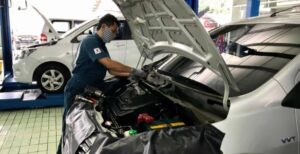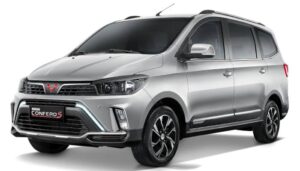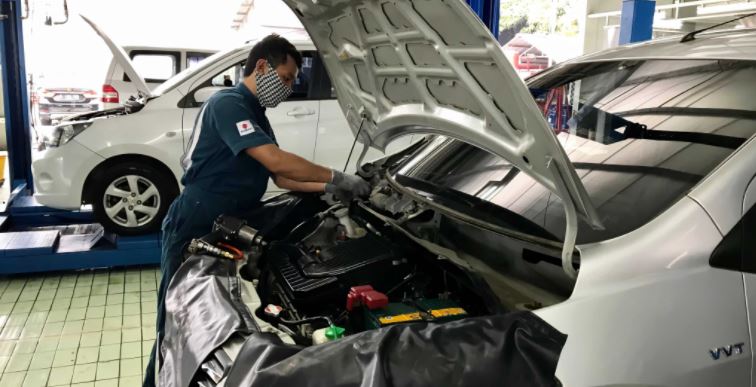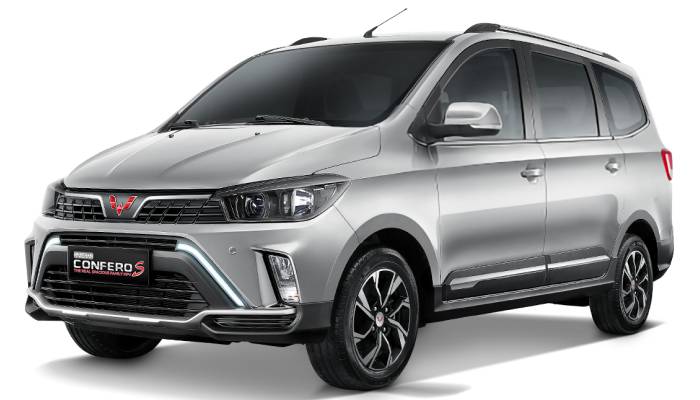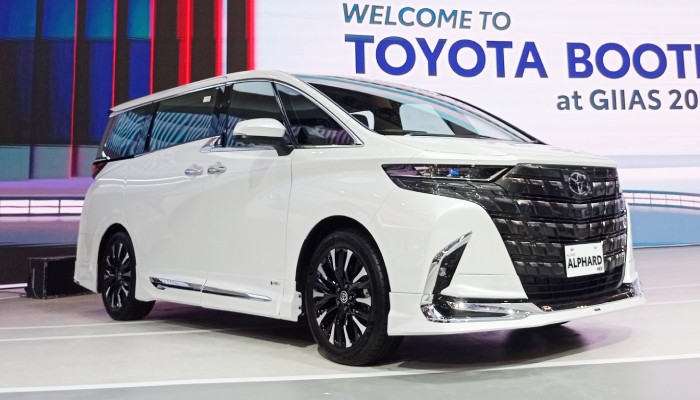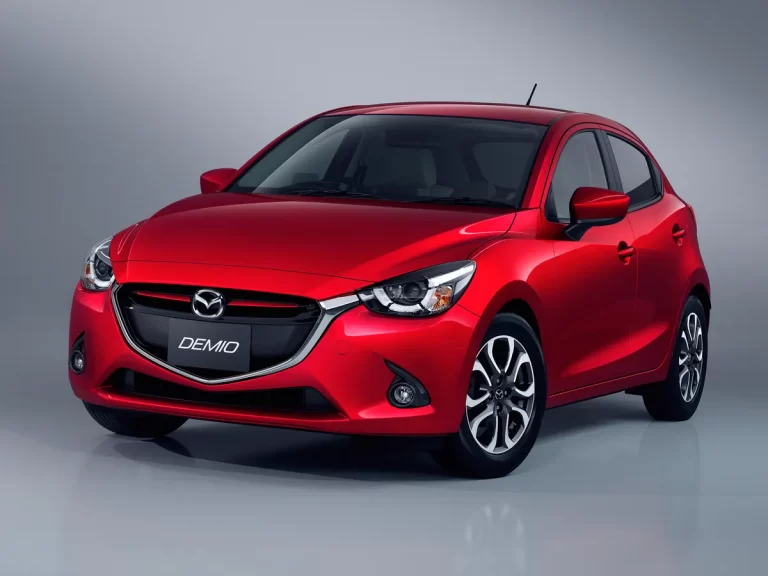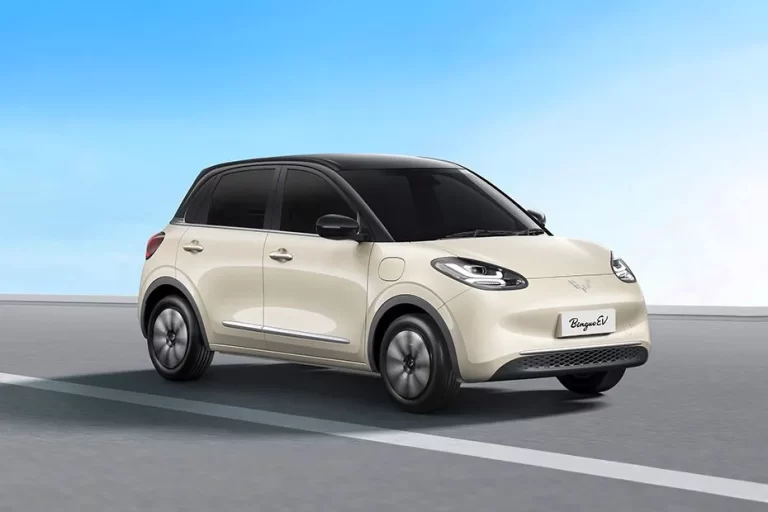bibliolettres.com, The landscape of journalism is constantly evolving, and with the rise of technology, the future of news delivery is undergoing a significant transformation. One innovative concept that holds great promise for the future of journalism is the hybrid news car. Combining traditional reporting with cutting-edge technology, a hybrid news car offers a multitude of advantages that can revolutionize the way news is gathered, reported, and consumed. In this article, we will explore ten reasons why a hybrid news car represents the future of journalism.
A hybrid news car, combining the traditional principles of journalism with innovative technologies and approaches, has the potential to shape the future of journalism in several compelling ways. Here are some reasons why a hybrid news car can be seen as the future of journalism:
- Adaptability and Agility: A hybrid news car embraces the rapidly evolving digital landscape and harnesses the power of technology to adapt to changing audience preferences and consumption patterns. It allows journalists to deliver news across multiple platforms, including online, social media, podcasts, and video, reaching a wider and more diverse audience. This adaptability ensures that journalism remains relevant and accessible in an ever-changing media landscape.
- Data-Driven Insights: With the integration of technology, a hybrid news car can leverage data analytics to gain valuable insights into audience behavior, interests, and preferences. This data-driven approach enables journalists to produce content that resonates with their audience, leading to more engaging and impactful storytelling. By understanding the needs and interests of their readers or viewers, journalists can create personalized and targeted news experiences.
- Enhanced Storytelling: A hybrid news car allows journalists to experiment with innovative storytelling techniques, such as immersive multimedia experiences, interactive graphics, augmented reality (AR), and virtual reality (VR). By leveraging these technologies, journalists can provide their audience with a deeper and more engaging understanding of complex issues. This immersive storytelling capability has the potential to captivate audiences and foster a stronger connection between journalists and their readers or viewers.
- Collaborative Journalism: The hybrid news car model encourages collaboration between journalists, technologists, and other experts from various fields. By working together, professionals with diverse skill sets can bring fresh perspectives and innovative ideas to the journalism industry. Collaborative journalism allows for cross-pollination of knowledge, leading to more comprehensive and insightful news coverage.
- Audience Engagement and Participation: A hybrid news car embraces the interactive nature of digital platforms and fosters greater audience engagement. Through comments sections, social media interactions, live chats, and user-generated content, journalists can create a more inclusive and participatory news environment. By involving the audience in the news process, journalists can gain valuable insights, establish trust, and foster a sense of community.
- Revenue Diversification: The hybrid news car model opens up opportunities for diversifying revenue streams beyond traditional advertising. By leveraging technology, journalists can explore avenues such as subscription models, memberships, events, merchandise, and partnerships. This diversification of revenue helps ensure the sustainability of journalism in an era where traditional advertising models are evolving.
- Ethical Considerations: A hybrid news car emphasizes the importance of ethical journalism by providing transparency, accountability, and fact-checking mechanisms. Through technology, journalists can verify information quickly and efficiently, combat misinformation and disinformation, and uphold the principles of responsible journalism. The integration of emerging technologies, such as blockchain, can enhance trust and integrity within the news ecosystem.
Hybrid Mobility and Accessibility
A hybrid news car provides unparalleled mobility and accessibility. Equipped with advanced technology and high-speed internet connectivity, journalists can reach news hotspots quickly and report in real-time from the scene. Whether it’s covering breaking news, political events, or natural disasters, a hybrid news car ensures journalists can be where the action is, delivering up-to-the-minute information to audiences around the world.
Hybrid mobility and accessibility represent a transformative approach to transportation that combines traditional modes of transportation with innovative technologies and concepts. This integration aims to enhance the efficiency, convenience, and inclusivity of transportation systems, ultimately improving mobility and accessibility for all individuals. Here’s a description of hybrid mobility and accessibility:
Hybrid mobility refers to the integration of various transportation modes, such as public transit, private vehicles, bicycles, and walking, into a cohesive and interconnected network. It emphasizes the seamless transition between different modes to provide individuals with flexible and efficient transportation options. Hybrid mobility systems often leverage technology, data, and real-time information to optimize routes, reduce congestion, and improve the overall travel experience.
Accessibility, on the other hand, focuses on ensuring that transportation systems are available and usable by individuals of all abilities, including those with physical disabilities, sensory impairments, or mobility challenges. Hybrid accessibility encompasses both physical and digital aspects, aiming to eliminate barriers and create an inclusive transportation environment.
One aspect of hybrid mobility and accessibility is the integration of public transit with emerging technologies. For example, smart city initiatives are leveraging data analytics and Internet of Things (IoT) devices to optimize transit routes, predict demand, and provide real-time information to passengers. This integration allows for more efficient use of public transit resources, reduced waiting times, and improved overall reliability.
Hybrid mobility and accessibility also embrace the concept of shared mobility. Car-sharing services, ride-hailing platforms, and bike-sharing programs are examples of shared mobility initiatives that promote efficient use of vehicles and reduce traffic congestion. By providing individuals with convenient and affordable alternatives to private car ownership, shared mobility options contribute to a more sustainable and accessible transportation ecosystem.
In addition, hybrid mobility and accessibility promote the development of infrastructure that supports multiple modes of transportation. This includes the creation of bike lanes, pedestrian-friendly pathways, and accessible transit stops. Furthermore, the deployment of electric charging stations and the expansion of renewable energy sources contribute to a more environmentally friendly and sustainable transportation system.
Digital accessibility plays a crucial role in hybrid mobility and accessibility as well. Mobile applications, online platforms, and smart transportation systems provide real-time information on transit options, accessible routes, and available services. Moreover, digital platforms can enable individuals to book and pay for transportation services, plan multi-modal journeys, and provide feedback on their travel experiences.
The benefits of hybrid mobility and accessibility are numerous. They include improved transportation efficiency, reduced traffic congestion, enhanced environmental sustainability, increased affordability, and greater social inclusion. By integrating various transportation modes, leveraging technology, and prioritizing accessibility, hybrid mobility aims to create a more seamless and inclusive transportation network that meets the diverse needs of individuals and communities.
Multimedia Reporting
In today’s digital age, multimedia reporting is essential to engage audiences effectively. A hybrid news car allows journalists to capture and deliver news stories through various media formats, including live video streaming, high-resolution photography, audio recordings, and interactive elements. This multimedia approach enhances storytelling capabilities and provides a more immersive and compelling news experience.
Multimedia reporting is a dynamic and engaging approach to journalism that incorporates various forms of media to deliver news and stories to audiences. It goes beyond traditional text-based reporting by integrating elements such as images, videos, audio, infographics, interactive graphics, and data visualization into news content. This multidimensional approach enhances the storytelling experience, providing a richer and more immersive understanding of the subject matter. Here’s a description of multimedia reporting:
Multimedia reporting leverages the power of different media formats to convey information and engage audiences in compelling ways. It recognizes that different individuals consume news in different ways, and by utilizing multiple mediums, journalists can cater to diverse preferences and capture the attention of a wider audience.
One of the primary advantages of multimedia reporting is its ability to convey complex information more effectively. Rather than relying solely on text, journalists can incorporate images, videos, and infographics to provide visual context, illustrate key points, and convey emotions. This visual storytelling enhances the audience’s comprehension and emotional connection to the news, making it more accessible and impactful.
Video is a prominent component of multimedia reporting. It allows journalists to capture live events, interviews, and on-the-ground reporting, bringing stories to life in a way that written articles alone cannot. Videos can provide visual evidence, showcase interviews with key individuals, and transport viewers to the heart of the story, creating a more immersive and engaging experience.
Audio is another essential element of multimedia reporting. Podcasts, audio interviews, and soundscapes enable journalists to explore stories through sound. This format allows for in-depth storytelling, where individuals can hear voices, emotions, and ambient sounds, providing a more intimate and personal connection to the subject matter.
Infographics and interactive graphics are valuable tools in multimedia reporting, especially when dealing with complex data or explaining intricate concepts. These visual representations help simplify information, making it more accessible and engaging for audiences. Interactive graphics allow users to explore the data themselves, enabling a deeper understanding and personal exploration of the story.
Multimedia reporting also embraces the interactive nature of digital platforms. Online articles can incorporate interactive elements such as polls, quizzes, and comment sections, encouraging audience participation and fostering a sense of community. Social media platforms provide opportunities for real-time engagement, allowing journalists to share updates, gather feedback, and foster discussions around their reporting.
Furthermore, multimedia reporting often involves collaboration among journalists, photographers, videographers, graphic designers, and other specialists. This collaborative approach harnesses the diverse skills and expertise of professionals, resulting in comprehensive and visually compelling stories.
Data Gathering and Analysis
Hybrid news cars can be equipped with sensors and data collection tools, enabling journalists to gather real-time data and conduct on-the-go analysis. This capability enhances the depth and quality of reporting, allowing journalists to provide data-driven insights and context to their stories. By incorporating data analysis into their reporting, journalists can offer a more comprehensive understanding of complex issues to their audiences.
Environmental Sustainability
As the world becomes increasingly conscious of environmental sustainability, hybrid news cars offer a greener alternative to traditional news vehicles. By combining electric and traditional combustion engines, these vehicles minimize carbon emissions and reduce their ecological footprint. Embracing hybrid news cars aligns journalism with the global effort to combat climate change and promotes a sustainable future for the industry.
Connectivity and Live Reporting
A hybrid news car serves as a mobile newsroom, providing journalists with seamless connectivity to transmit live reports and updates. With integrated communication systems and high-speed internet, journalists can deliver breaking news and updates in real-time, fostering a sense of immediacy and enhancing audience engagement. Live reporting capabilities enable journalists to capture the attention of digital-savvy audiences who crave instant information.
Enhanced Safety and Security
Hybrid news cars prioritize the safety and security of journalists. Equipped with advanced safety features, including collision avoidance systems, emergency response capabilities, and secure communication channels, these vehicles provide a secure environment for journalists working in potentially dangerous situations. Improved safety measures enable journalists to focus on their reporting, knowing they have the necessary support and protection.
Collaboration and Connectivity with Newsrooms
Hybrid news cars facilitate seamless collaboration between journalists in the field and newsrooms. With integrated technology, journalists can transmit live reports, share multimedia content, and communicate with editors and producers in real-time. This connectivity streamlines the news production process, enhances coordination, and enables newsrooms to deliver timely and accurate information to their audiences.
Customization and Adaptability
Hybrid news cars can be customized to suit the specific needs of journalists and news organizations. From the installation of specialized equipment to accommodate unique reporting requirements to the integration of personalized workflows and software, these vehicles can be adapted to optimize efficiency and productivity. Customization ensures that journalists have the tools and resources they need to deliver high-quality journalism.
Engaging Local Communities
A hybrid news car can serve as a catalyst for community engagement. By physically being present in various localities, journalists can connect with communities, understand their concerns, and report on local issues that may otherwise go unnoticed. This direct interaction fosters trust, strengthens relationships, and ensures that the news reflects the diverse perspectives and experiences of different communities.
Innovation and Forward Thinking
Embracing hybrid news cars demonstrates a commitment to innovation and forward thinking within the field of journalism. By adopting cutting-edge technology, news organizations can position themselves at the forefront of the industry, embracing new possibilities and approaches. Hybrid news cars symbolize the industry’s readiness to evolve and adapt to the changing media landscape, ensuring its relevance and vitality in the future.
Conclusion
The hybrid news car represents an exciting and transformative future for journalism. With its mobility, multimedia capabilities, data analysis potential, environmental sustainability, and enhanced safety features, it offers numerous advantages over traditional news vehicles. The connectivity, customization, and potential for community engagement make it a powerful tool for journalists to deliver news in a dynamic and engaging manner. By embracing the hybrid news car, journalists and news organizations can embrace the future of journalism and continue to provide vital information to audiences in an ever-changing media landscape.
